Résidence royale Unhyeongung (운현궁)
.0M 2021-12-22
464, Samil-daero, Jongno-gu, Seoul-si
+82-2-766-9090
Unhyeongung à Séoul désigne le lieu du palais où la parenté du roi vivait (résidence royale). Ainsi, la parenté de Heungseon Daewongun, Lee Ha-Eung (1820~1898) et sa famille ont vécu à Unhyeongung. Après que Gojong (1863~1907) soit devenu roi, Unhyeongung a été agrandi et élevé comme un palais pour la gouvernance du pays. C'est à ce moment-là que Unhyeongung est devenu comme une maison semblable à un palais avec quatre grandes portes.
Cependant, le site fut endommagé durant la guerre Imjinwaeran (guerre provoquée par l'Invasion japonaise) ce qui entraîna une réduction du site. En entrant à Unhyeongung, vous verrez sur votre droite plusieurs maisons avec des tuiles alignées qu’on appelle 'Sujiksa'. C’est à cet endroit que vivaient les ministres du palais, les gardes et les servants.
Après avoir passé les maisons Sujiksa, vous trouverez la porte Soseul. Passé cette porte, vous pourrez voir un bâtiment avec une inscription 'Noandang'. C’est là que Daewongun résidait habituellement.
Après Noandang, on trouve le plus grand bâtiment de Unhyeongung, bâtiement appelé Norakdang. Des fêtes pour les 60 ans et d’autres fêtes familiales y étaient organisés et en 1866, le mariage de Gojong et la Reine Myeongseong fut célébré en ces lieux. A gauche de Norakdang, on trouve Irodang, le bâtiment principal de Unhyeongung.
Onion Anguk (어니언 안국)
129.9M 2024-04-09
5 Gyedong-gil, Jongno-gu, Seoul
Onion désigne un café situé dans un hanok datant des années 1920. Le bâtiment a été rénové afin de préserver l'aspect du daecheongmaru et de l'espace madang (espace de la cour) permettant ainsi de profiter des charmes de l'architecture traditionnelle en Corée. Le menu signature est le menu 'vanilla bean latte' ainsi que divers desserts le pain au beurre salé et le gâteau pandoro. L'établissement présente également l'avantage de se situer à proximité de sites touristiques réputés comme le palais Gyeongbokgung, le palais Changgyeonggung ainsi que le palais Changdeokgung.
Nwijo(뉘조)
225.5M 2024-12-11
27, Insadong 14-gil, Jongno-gu, Seoul
+82-2-730-9311
Nwijo (뉘조) is a Korean restaurant specializing in wild vegetable cuisine. The name ‘Nwijo’ means ‘the god of the silkworm,’ and likens wild vegetables to silkworms in that both can be eaten in their entirety. The restaurant serves original full-course Korean meals that are prepared using hundreds of kinds of wild vegetables, including special seasonal vegetables.
A typical full-course meal starts with delicious pumpkin porridge, followed by seasoned wild vegetables, root vegetable ssam (condiments wrapped in vegetable leaves), slices of boiled meat, and steamed lotus leaf-wrapped rice served with jjigae (Korean stew) and various side dishes. This kind of traditional feast is pleasing to both the eye and the palate and is topped off with sikhye (traditional sweet rice drink). Lunch specials are also available.
Musée Savina (사비나 미술관)
230.7M 2021-09-06
49-4, Yulgok-ro, Jongno-gu, Seoul-si
+82-2-736-4371
Le Musée Savina vous propose des objets excitants reflétant les aspects divers et dynamiques de l'art moderne coréen. Le personnel du mysée se concentre sur le développement des expositions, programmes éducatifs, publications et collections, travaillant continuellement à transformer le musée en un centre pour les arts vif et expressif. Il soutient non seulement le développement d'artistes d'une liste de champs plus traditionnelle comme la peinture, la sculpture, la photographie, etc mais présente également des expositions mettant l'accent sur les nouvelles tendances du monde artistique.
Aneuk Hotel & Spa – Jongno Unni (아늑호텔 앤 스파 종로운니점)
240.8M 2025-05-07
89, Donhwamun-ro 11ga-gil, Jongno-gu, Seoul
Hansik Space E:eum (한식문화공간 이음)
249.0M 2025-11-03
18, Bukchon-ro, Jongno-gu, Séoul (Jae-dong)
Hansik Space E:eum est un espace culturel polyvalent géré par l'Institut de promotion de la cuisine coréenne, situé sur la rue Bukchon à Jongno, Séoul, et dispose de diverses installations telles que des expositions, des formations, des spectacles et une bibliothèque, où l'on peut découvrir le goût et l'élégance de la cuisine coréenne.
Galerie des alcools traditionnels coréens (전통주갤러리)
249.0M 2025-11-03
18, Bukchon-ro, Jongno-gu, Séoul
À Insadong, Jongno-gu, Séoul, il existe une Galerie des alcools traditionnels coréens en collaboration avec le ministère de l'agriculture, de l'alimentation et des affaires rurales et le ministère de la culture, des sports et du tourisme. Il s'agit d'un espace conçu pour promouvoir en permanence l'alcool traditionnel coréen fabriqué à partir de produits agricoles coréens, et qui sert de guichet d'information fournissant aux consommateurs et aux étrangers diverses informations sur l'alcool traditionnel qui est difficile à obtenir. En outre, nous fournissons une formation sur les alcools traditionnels et des conseils commerciaux aux restaurateurs et aux professionnels de la distribution (vente), et nous promouvons activement nos alcools traditionnelles et notre culture par l'intermédiaire des médias nationaux et internationaux et des blogueurs influents afin de créer une demande pour les alcools traditionnelles et d'étendre le marché. La galerie des liqueurs traditionnelles est gérée par des experts spécialisés dans les liqueurs traditionnelles, notamment des sommeliers, et organise des événements mensuels pour présenter et déguster diverses alcools traditionnelles sur différents thèmes.
Promenade nocturne dans les hanoks publics (공공한옥 밤마실)
290.5M 2025-05-30
37, Gyedong-gil, Jongno-gu, Séoul (Gyedong)
02-741-1033
A Séoul, lorsque la douceur du début d'été se fait sentir jusque dans les hanoks du centre-ville, neuf hanoks publics - dont le Centre culturel de Bukchon - ouvriront exceptionnellement leurs portes en soirée, pendant dix jours, du mercredi 21 au samedi 31 mai. A cette occasion, les visiteurs pourront flâner le long des anciens sentiers et ruisseaux du village, et profiter d'un espace ouvert à tous autour de la culture hanok : habitants du quartier, touristes, enfants, personnes âgées, étrangers et publics socialement fragiles.
A l'approche de Dano, journée de grande énergie yang dans le calendrier traditionnel, une série de programmes variés seront proposés pour profiter des soirées de début d'été avant l'arrivée des grandes chaleurs. Dans les quartiers historiques de Seochon et Bukchon, la valorisation du patrimoine s'accompagne chaque année de réflexions auour de problèmetaiques locales, notamment l'essor mondial de la culture coréenne depuis l'ère post-pandémique, les changements politiques, ou encore la protection du droit à la résidence des habitants.
Dans ce contexte, Séoul Public Hanok s'efforce d'embrasser la diversité des valeurs et des différences, en élargissant l'accès à la culture hanok sous une nouvelle lumière? Ce programme nocturne offre à toutes les générations l'occasion précieuse de se retrouver autour de ce patrimoine unique, et de vivre une expérience partagée au coeur des hanoks publics.
Centre culturel de Bukchon (북촌문화센터)
301.4M 2024-12-19
37, Gyedong-gil, Jongno-gu, Seoul-si
+82-2-2133-1371
Le village de maisons traditionnelles de Bukchon est le centre de la culture Bukchon qui est un site résidentiel traditionnel de 600 ans d’histoire de Séoul situé entre les Palais Gyeongbokgung et de Changdeong et JeongMo (tombeau héréditaire de la famille royale).
Les maisons traditionnelles qui se situent entre les deux palais temoignent bien du paysage traditionnel de Séoul. Pourtant, à l’heure actuelle, elles sont transformées en salles d’expérimentation de la culture coréenne ou en restaurants traditionnels etc.
Le centre de la Culture de Bukchon est une résidence traditionnelle composée d’Anche (bâtiment principal de la maison coréenne), d’ Heanglangche (corps de bâtiment rattaché à la grande porte), de Beolche (bâtiment annexe) dans laquelle la tradition coréenne s’épanouit et par ailleurs les programmes de la culture du matin calme sont préparés pour apprendre son histoire et sa tradition.
Plusieurs programmes sont organisés par des experts de chaque domaine et ils durent en moyenne de 3 à 6 mois.
Vous pouvez obtenir des informations précises par téléphone et ensuite choisir un programme. Par ailleurs, un individu peut s’y inscrire. Pourtant, les programmes se déroulent en coréen donc il serait mieux y venir avec un guide ou un interprète.
Les huit paysages du village Bukchon (북촌 8경)
301.4M 2024-12-13
37, Gyedong-gil, Jongno-gu, Seoul
+82-2-2148-4161
Bukchon qui signifie "village du nord", est nommé ainsi car il se trouve au nord de Cheonggyecheon et de Jongno. Le quartier situé au sud de Jongno, autrement dit les environs du mont Namsan, était appelé "Namchon (village du sud)". Au cours de la dynastie Joseon, la famille royale et les aristocrates habitaient à Bukchon alors que les fonctionnaires résidaient traditionnellement à Namchon. Aujourd'hui, le village hanok, situé entre le palais Gyeongbokgung et le palais Changdeokgung, est appelé Bukchon. En parcourant les nombreuses petites ruelles dans ce quartier traditionnel, vous pouvez trouver les "huit paysages du village Bukchon". Chacun de ces lieux comportent des spots photos spécifiques. Vous pouvez y prendre de belles photos en appréciant les paysages du quartier et la beauté des hanok.
[Les huit paysages du village Bukchon]
* Premier paysage du village Bukchon - La vue sur le palais Changdeokgung
Le premier spot photo offre la meilleure vue sur le palais Changdeokgung. Prenez la rue Chandeokgung 1-gil devant le Centre culturel de Bukchon et vous pourrez trouver le spot photo au bout de la rue.
* Deuxième paysage du village Bukchon - La ruelle des ateliers de Wonseo-dong
Marchez le long de la ruelle avec un muret en pierre (Changeokgung-gil) et vous pourrez trouver le musée d'art bouddhique et Yeon Gongbang. Au bout de la ruelle se trouve le deuxième spot photo, en face de l'Institut de cuisine royale de Corée.
* Troisième paysage du village Bukchon - La ruelle du musée Gahoe-dong
Vous pouvez faire l'expérience du hanok et de la culture traditionnelle coréenne dans les ateliers d'artisans.
* Quatrième paysage du village Bukchon - La colline 31 Beonji Gahoe-dong
Vous pouvez avoir une vue panoramique sur les environs de 31 Beonji de Gahoe-dong et la maison de Yi Jun-gu qui se situe dans les hauteurs du quartier.
* Cinquième paysage du village Bukchon - La ruelle qui descend de Gahoe-dong
Vous pouvez trouver un grand arbre hoenamu se trouvant à l'entrée de la ruelle qui descend de Gahoe-dong.
* Sixième paysage du village Bukchon - La ruelle qui monte de Gahoe-dong
Au bout de la ruelle qui monte de Gahoe-dong, vous pouvez trouver le sixième spot photo. Au passage, appréciez la vue panoramique sur les toits des hanok.
* Septième paysage du village Bukchon - Gahoe-dong 31 Beonji
Le septième paysage est composé d'une petite ruelle entourée de Hanok. C'est un endroit idéal pour effectuer une promenade paisible et reposante.
* Huitième paysage du village Bukchon - Samcheong-dong, route Dolcheunggyegil
Montez la colline en suivant le chemin Hwagae 1-gil. Vous pouvez profiter de la vue sur le palais Gyeongbokgung, le mont Inwangsan et la Maison Bleue, vous rejoindrez la route Dolcheunggyegil (escalier en pierre) qui aboutit vers le quartier Samcheong-dong. En descendant l'escalier, vous pourrez trouver le huitième spot photo.

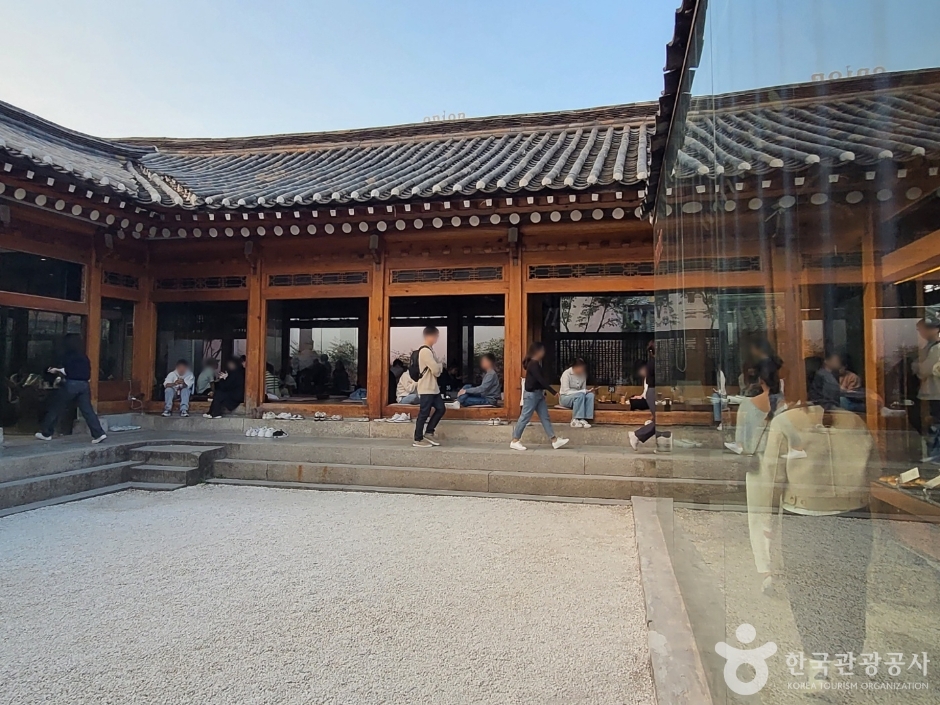
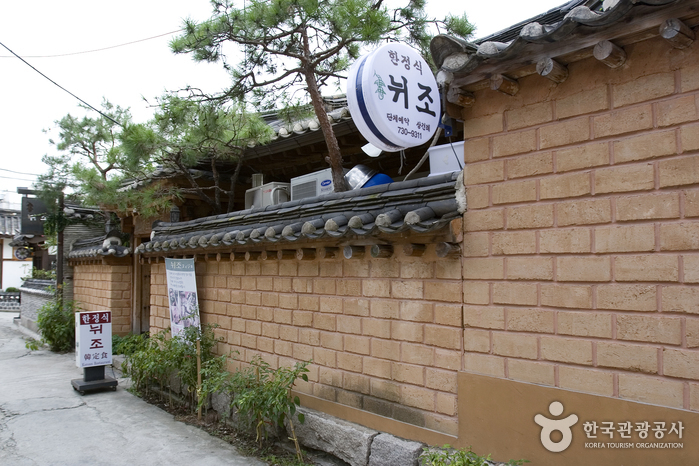
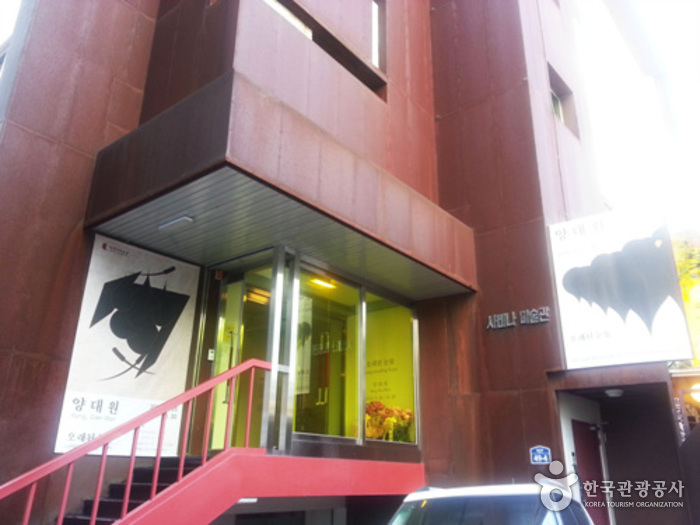
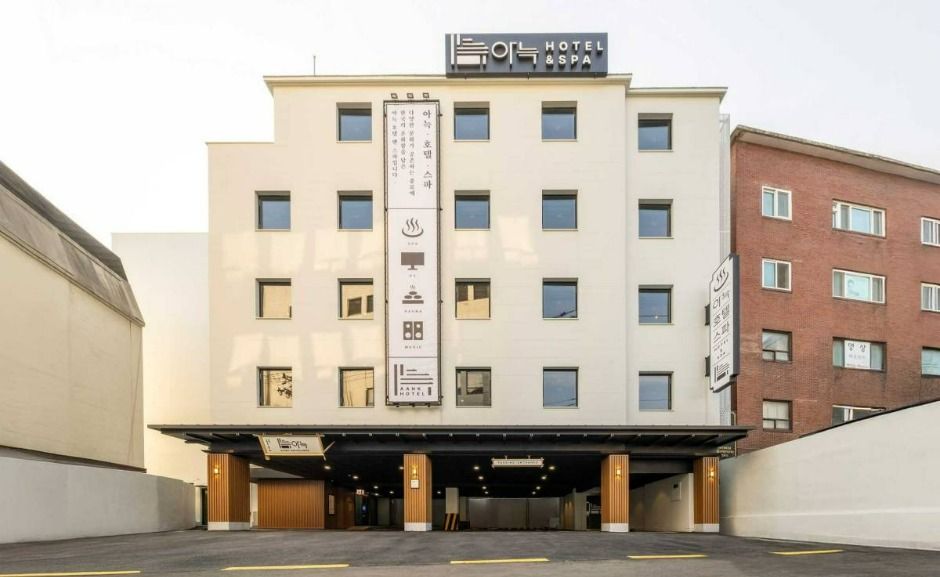

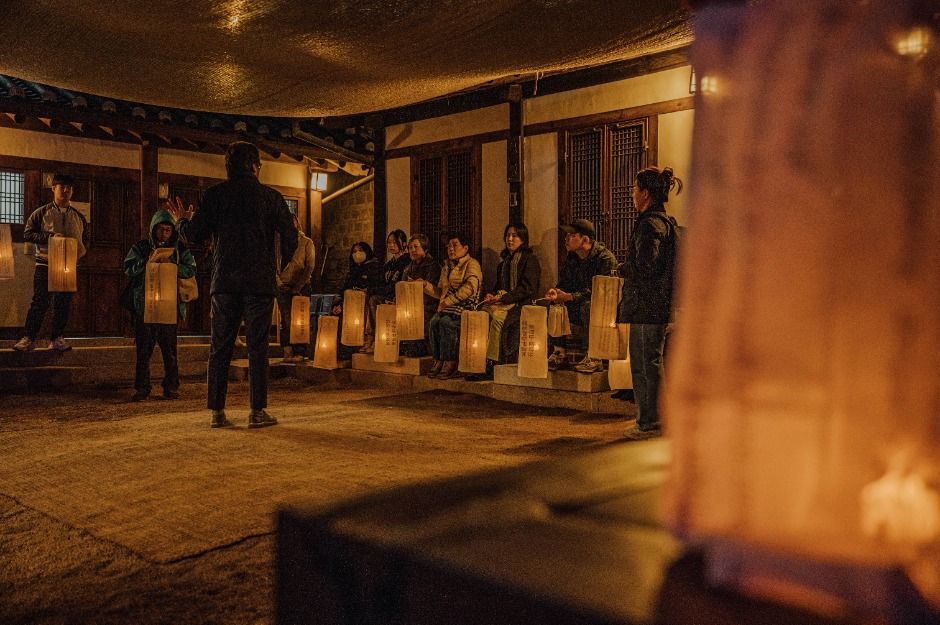
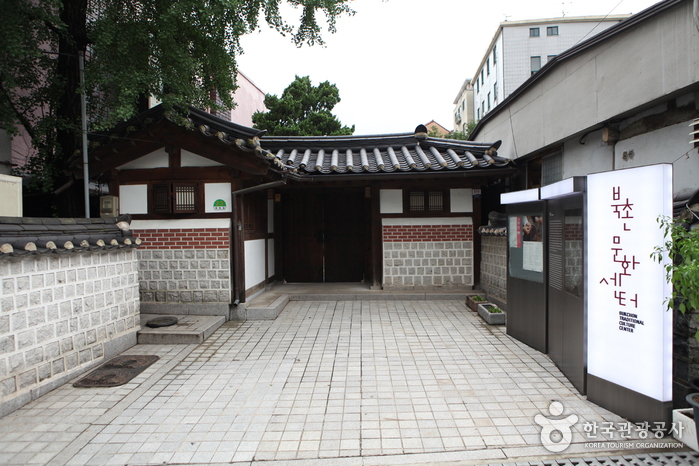
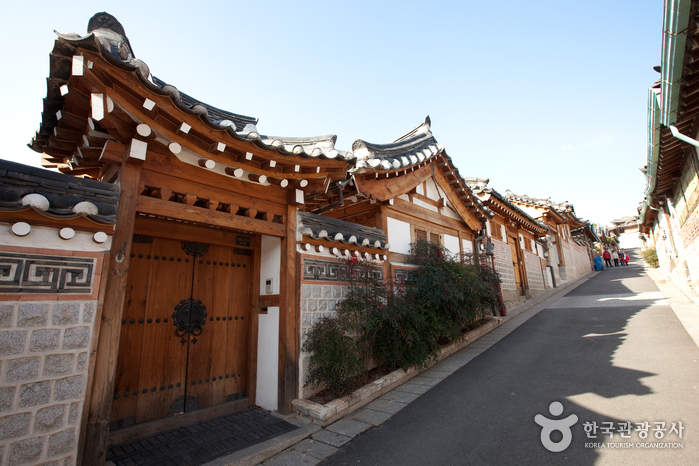
 Français
Français
 한국어
한국어 English
English 日本語
日本語 中文(简体)
中文(简体) Deutsch
Deutsch Español
Español Русский
Русский